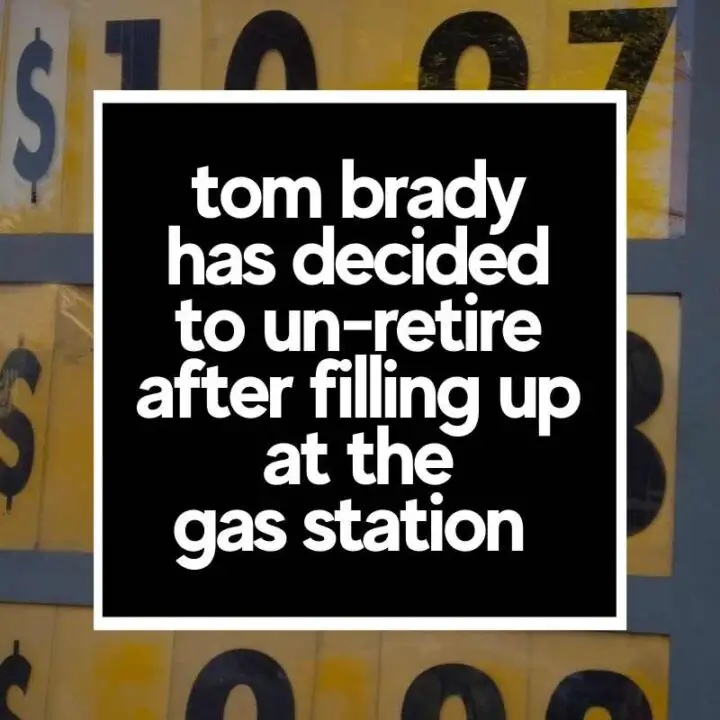

Tom Brady Un-Retires



Taxes account for the main difference as every province in Canada has differing taxes on fuel. Differences between gas stations in the same city are typically the result of some gasbars adjusting their retail margins, which they need to cover the costs associated with running their site and honouring credit cards which often cost them 2-6 cents a litre depending on the rewards percentage.